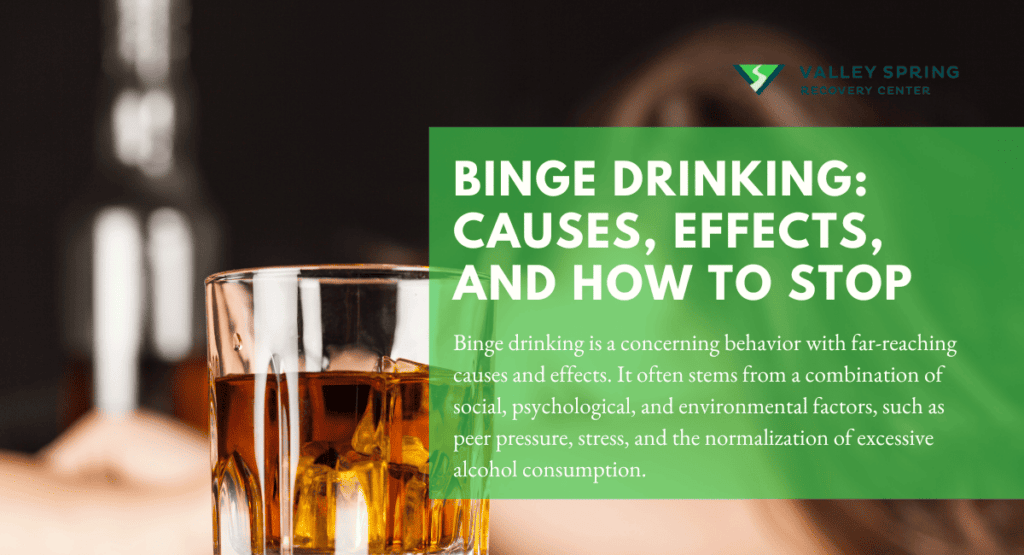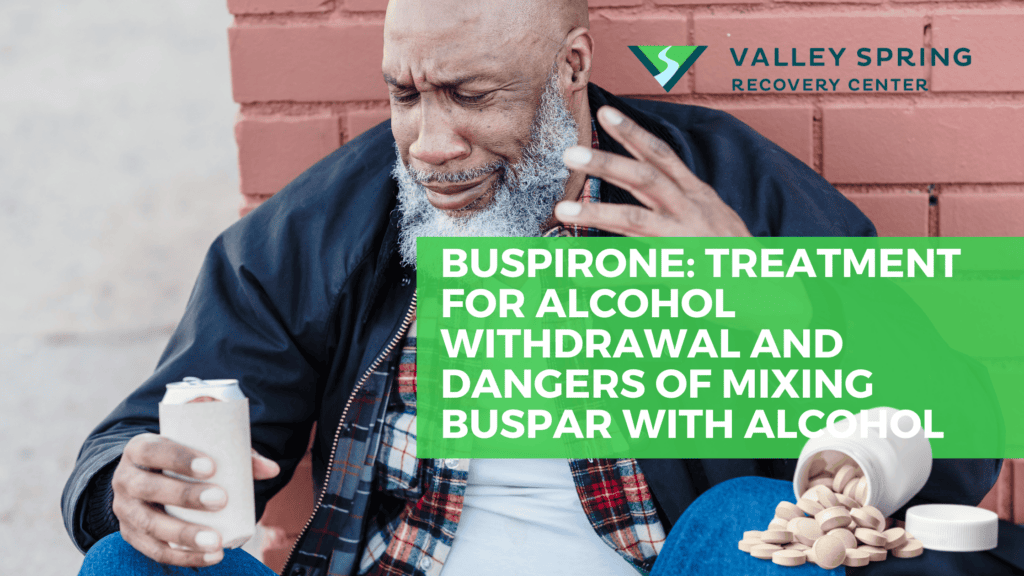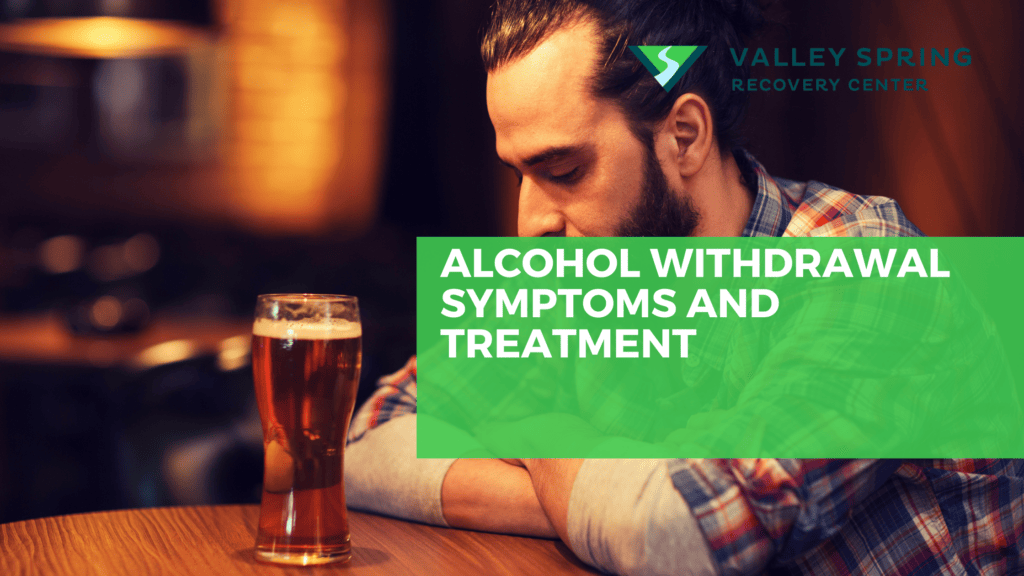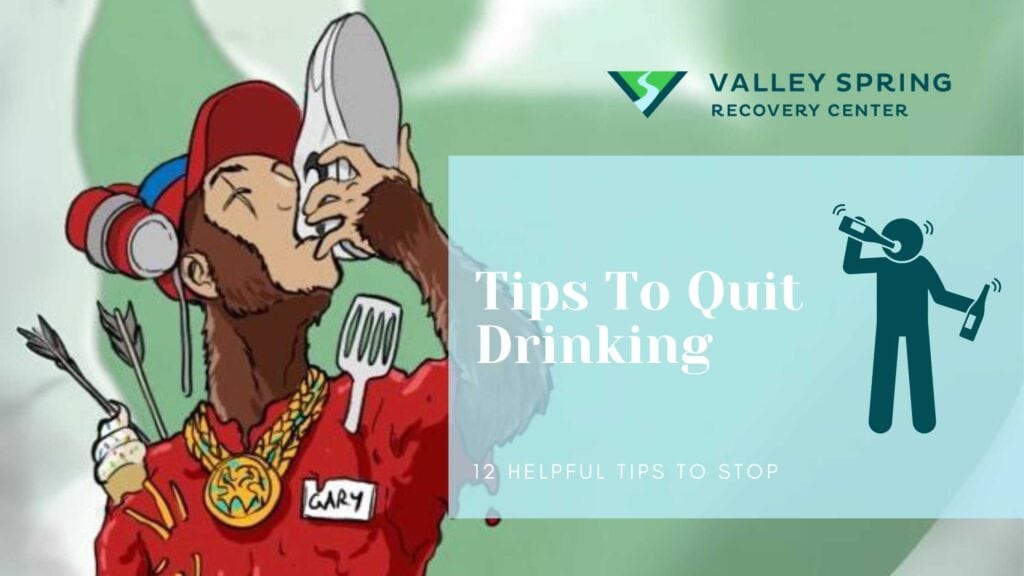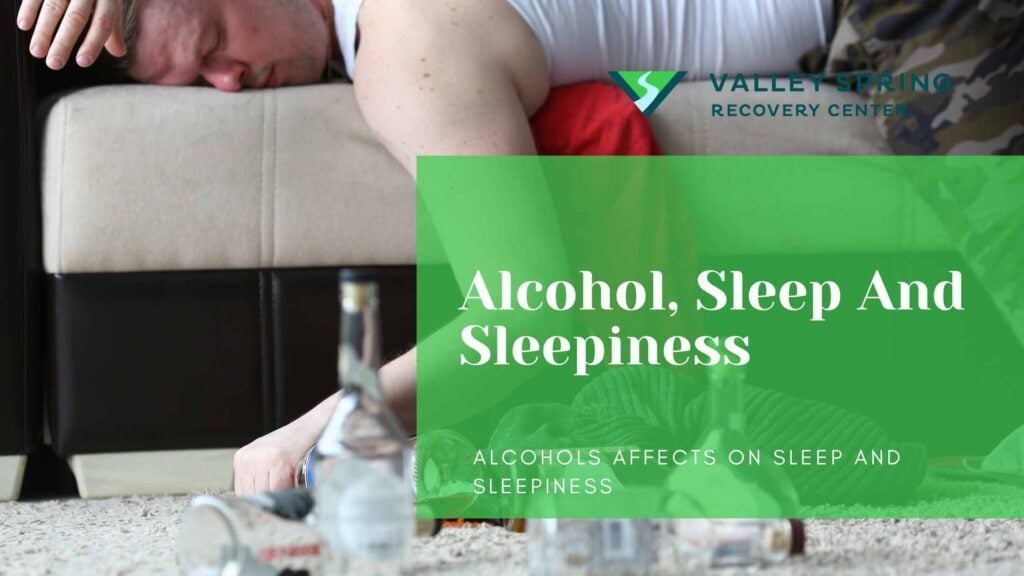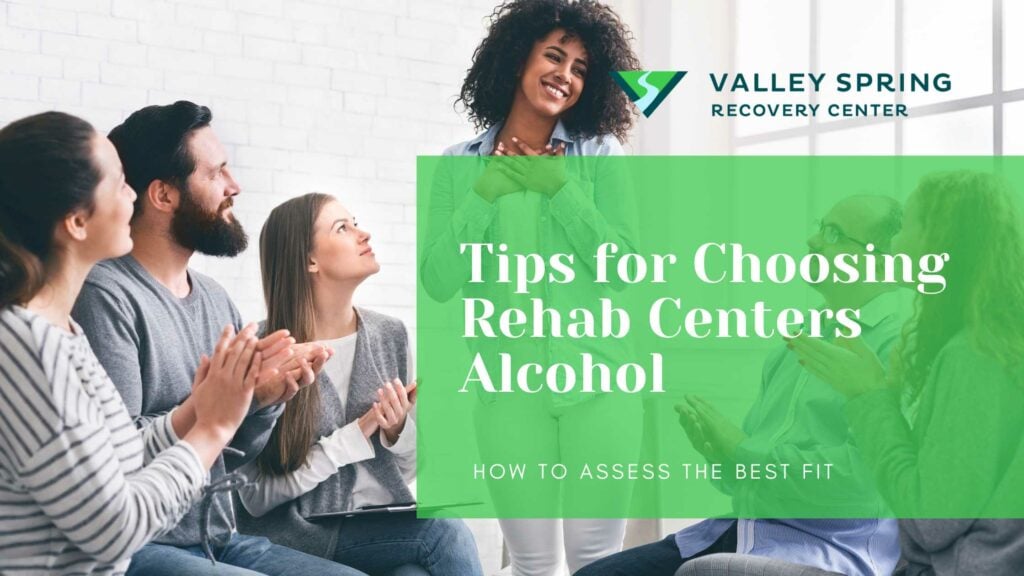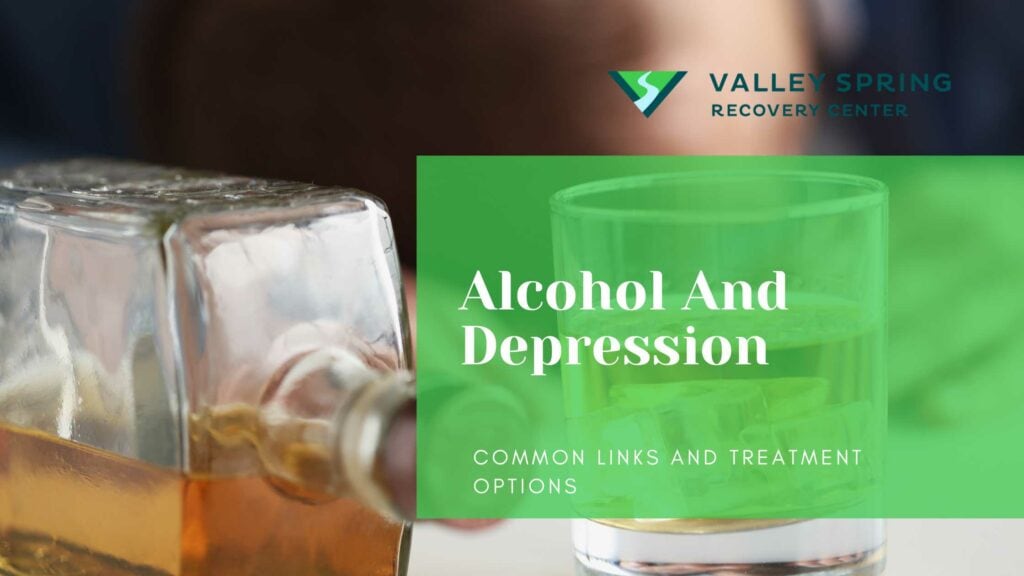Binge drinking is a concerning behavior with far-reaching causes and effects. It often stems from a combination of social, psychological, and environmental factors, such as peer pressure, stress, and the normalization of excessive alcohol consumption.
The consequences of binge drinking can be significant, including impaired judgment, increased risk of accidents and injuries, damage to physical and mental health, strained relationships, and academic or professional setbacks.
What is Binge Drinking?
Binge drinking refers to the consumption of a large amount of alcohol within a short period, typically resulting in a blood alcohol concentration (BAC) of 0.08% or higher. It is characterized by the consumption of a significant quantity of alcohol in a single session or occasion.
The specific amount of alcohol that constitutes a binge varies depending on factors such as body weight, gender, and tolerance to alcohol. However, as a general guideline, binge drinking is often defined as consuming five or more alcoholic drinks for males and four or more drinks for females within a span of about two hours.
Binge drinking can have numerous negative consequences and health risks. It can impair judgment, coordination, and cognitive function, increasing the likelihood of accidents, injuries, and risky behaviors such as unprotected sex or drunk driving. It is associated with a higher risk of alcohol poisoning, liver damage, cardiovascular problems, and an increased likelihood of developing alcohol use disorder.
It’s important to note that binge drinking is different from social drinking or moderate alcohol consumption, which typically involves consuming alcohol in moderation and within recommended limits.
How Common is Binge Drinking?
Binge drinking is one of the most common stages of alcohol use disorder. In a survey conducted by the National Institute on Alcohol Abuse and Alcoholism (NIAAA), it was found that about 55% of adults in the United States have engaged in binge drinking at some point in their lives.
The Centers for Disease Control and Prevention (CDC) in the United States also states that one in six adults binge drinks about four times a month. Among this population are college students aged 18 to 24. According to the National Survey on Drug Use and Health, in 2020, 31% of college students (ages 18-22) reported binge drinking in the past month.
What are the Causes of Binge Drinking?
The causes of binge drinking are multifaceted and can vary from individual to individual. Several factors contribute to the development of binge drinking habits. Here are some common causes:
1. Social and Peer Pressure
Social influences, such as peer pressure and the desire to fit in or be accepted within a social group, can play a significant role in binge drinking. Individuals may engage in excessive drinking to conform to social norms or because they perceive it as a way to have fun, be more sociable, or gain social approval.
2. Stress and Coping Mechanisms
Binge drinking can be a way for some individuals to cope with stress, anxiety, or other negative emotions. They may turn to alcohol as a form of temporary escape or self-medication to alleviate emotional distress.
3. Cultural and Environmental Factors
Cultural and environmental factors, including societal norms, advertising, and availability of alcohol, can influence binge drinking behavior. Societies or subcultures that have a high tolerance for heavy alcohol consumption or where excessive drinking is normalized may contribute to the prevalence of binge drinking.
4. Lack of Education and Awareness
Insufficient knowledge about the risks and consequences of excessive alcohol consumption can contribute to binge drinking. Lack of awareness regarding responsible drinking guidelines, alcohol’s effects on the body and mind, and the development of alcohol use disorders may lead individuals to engage in binge drinking without fully understanding the potential harm.
5. Personal Factors
Certain personal characteristics and predispositions can contribute to binge drinking. These may include a family history of alcoholism, genetic factors, mental health conditions like depression or anxiety, impulsivity, low self-esteem, or a tendency towards risk-taking behavior.
6. Availability and Accessibility
Easy access to alcohol, such as through social events, parties, bars, or stores, can make it more likely for individuals to engage in binge drinking. Factors like affordability, advertising, and the presence of alcohol in social settings can influence the accessibility of alcohol.
Note that these causes often interact and can influence each other. Understanding the underlying factors contributing to binge drinking can help in developing effective prevention and intervention strategies.
What are the Risk Factors of Binge Drinking?
Several risk factors can contribute to an individual’s likelihood of engaging in binge drinking. These factors can vary from person to person and they include:
1. Age
Young adults, particularly college students, are at a higher risk of binge drinking. Factors such as peer pressure, social activities, and the transition to independence can contribute to increased alcohol consumption.
2. Gender
Men are more likely than women to engage in binge drinking. However, the gender gap has been narrowing in recent years. Women may be at a higher risk of experiencing negative health consequences from binge drinking due to physiological differences and the way their bodies process alcohol.
3. Personal History
Individuals with a personal history of alcohol use, including early initiation of alcohol use, previous episodes of binge drinking, or a family history of alcoholism, may be at a higher risk of engaging in binge drinking.
4. Mental Health Conditions
Individuals with mental health conditions, such as depression, anxiety disorders, or substance use disorders, may be more prone to binge drinking as a mechanism for self-medication or coping with emotional distress.
5. Environmental Factors
Factors in an individual’s environment, such as living in a community or attending a college where binge drinking is prevalent, can increase the risk of engaging in binge drinking. Easy access to alcohol and exposure to social norms that encourage excessive drinking can also be contributing factors.
6. Sensation Seeking and Risk-Taking Behavior
Individuals with a higher inclination towards sensation-seeking and risk-taking behavior may be more likely to engage in binge drinking. These individuals may be drawn to the excitement and perceived social benefits associated with excessive alcohol consumption.
These risk factors do not guarantee that an individual will engage in binge drinking, and many people with these risk factors do not develop problematic drinking behaviors. However, being aware of these factors can help identify individuals who may be more vulnerable and inform preventive measures and interventions.
What are the Effects of Binge Drinking?
Binge drinking can have a wide range of effects on an individual’s physical, mental, and social well-being. Here are some common effects associated with binge drinking:
1. Immediate Physical Effects
- Impaired Judgment and Coordination: Binge drinking can impair judgment, decision-making abilities, and coordination, increasing the risk of accidents, falls, and injuries.
- Alcohol Poisoning: Consuming a large amount of alcohol in a short period can lead to alcohol poisoning, which is a severe and potentially life-threatening condition. Symptoms may include confusion, vomiting, seizures, slow or irregular breathing, and unconsciousness.
- Gastrointestinal Issues: Binge drinking can cause digestive problems such as nausea, vomiting, and stomach pain.
2. Long-term Health Consequences
- Liver Damage: Excessive alcohol consumption, including binge drinking, can lead to liver diseases such as fatty liver, alcoholic hepatitis, and cirrhosis.
- Cardiovascular Problems: Binge drinking is associated with an increased risk of high blood pressure, irregular heart rhythms, and an increased likelihood of heart disease and stroke.
- Neurological Damage: Chronic binge drinking can result in neurological damage, cognitive impairment, memory problems, and an increased risk of developing alcohol-related brain disorders.
- Increased Cancer Risk: Excessive alcohol consumption, including binge drinking, is linked to an increased risk of certain cancers, including liver, breast, throat, mouth, and esophageal cancers.
- Mental Health Issues: Binge drinking can contribute to the development or worsening of mental health conditions such as depression, anxiety, and substance use disorders.
3. Social and Personal Consequences
- Relationship Problems: Binge drinking can strain relationships with family, friends, and romantic partners due to impaired judgment, behavioral changes, and increased conflict.
- Academic and Work Issues: Binge drinking can negatively impact academic performance, work productivity, and attendance.
- Legal Consequences: Engaging in behaviors such as drunk driving or public intoxication during a binge drinking episode can lead to legal issues, including fines, license suspension, or even incarceration.
- Financial Burden: The cost of excessive alcohol consumption can be a significant financial burden due to expenses related to purchasing alcohol, healthcare costs, legal fees, and potential loss of employment.
The effects of binge drinking can vary depending on individual factors such as overall health, frequency, and duration of binge drinking episodes, and other lifestyle choices.
Aside from the personal effects binge drinking may have, it can also affect the country as a whole. In 2010, excessive alcohol consumption, including binge drinking, had a significant economic impact on the United States, amounting to $249 billion, equivalent to $2.05 per drink.
These costs encompassed various factors such as lost productivity, healthcare expenses, criminal justice expenditures, and other related outlays. Notably, binge drinking alone accounted for a significant portion of these costs, specifically 77%, totaling $191 billion.
How Can You Stop and Prevent Binge Drinking?
Preventing and addressing binge drinking requires a comprehensive approach that involves individuals, communities, and society as a whole. Some steps you can take are:
1. Self-Reflection and Awareness
Take the time to reflect on your drinking habits and patterns. Be honest with yourself about whether binge drinking is a concern for you. Educate yourself about the potential risks and consequences of binge drinking. Understand how it can impact your physical and mental health, relationships, and overall well-being.
2. Set Personal Limits
Establish personal limits for alcohol consumption and stick to them. Determine the amount and frequency of alcohol that you feel comfortable with and that aligns with responsible drinking guidelines.
Avoid situations that may encourage excessive drinking. Be mindful of social pressures and learn to say no if you’re uncomfortable with the level of alcohol consumption around you.
3. Find Healthy Alternatives
Seek out and participate in activities that don’t revolve around alcohol. Engage in hobbies, sports, or social events that promote health and well-being without the need for excessive drinking.
4. Build a Support Network
Surround yourself with friends and peers who support responsible drinking choices. Foster relationships that encourage moderation and respect individual choices regarding alcohol consumption.
Reach out to trusted friends or family members if you’re struggling with binge drinking. Share your concerns and ask for their support in your efforts to stop or reduce your drinking.
5. Seek Professional Help
If you find it difficult to control your drinking or believe you may have an alcohol use disorder, consider seeking professional help. Reach out to a healthcare professional, therapist, or support group specializing in alcohol addiction.
They can provide guidance, support, and evidence-based interventions to help you overcome binge drinking and develop healthier habits.
6. Practice Self-Care and Stress Management
Find healthy ways to cope with stress and negative emotions that don’t involve alcohol. Engage in activities such as exercise, meditation, or talking to a counselor to manage stress and improve your overall well-being.
Remember, personal responsibility and self-awareness are key when it comes to stopping and preventing binge drinking. By taking control of your choices and seeking support when needed, you can make positive changes in your relationship with alcohol and prioritize your health and well-being.
What is the Difference Between Binge Drinking and Alcohol Use Disorder?
Binge drinking is when an individual consumes a large amount of alcohol in a short period, typically resulting in a blood alcohol concentration (BAC) of 0.08 grams per deciliter or higher. It is characterized by episodes of excessive drinking followed by periods of abstinence. Binge drinking is often seen as a risky behavior and can have immediate physical and social consequences, even if it does not meet the criteria for AUD.
Alcohol use disorder (AUD) is a chronic medical condition characterized by a problematic pattern of alcohol use that leads to clinically significant impairment or distress. It is diagnosed based on specific criteria outlined in the Diagnostic and Statistical Manual of Mental Disorders (DSM-5).
AUD encompasses a spectrum of severity, ranging from mild to moderate to severe, and it involves a loss of control over alcohol consumption, continued use despite negative consequences, and the presence of withdrawal symptoms when alcohol use is stopped or reduced.
While binge drinking can be a component of AUD, not everyone who engages in binge drinking meets the criteria for an alcohol use disorder. AUD is a more comprehensive diagnosis that takes into account a broader range of symptoms and patterns of alcohol use. Binge drinking can be a risky behavior that increases the likelihood of developing AUD, but it is important to recognize that not all binge drinkers have AUD, and not all individuals with AUD engage in binge drinking.
what is the difference between binge drinking and moderate drinking?
Binge drinking and moderate drinking are significantly different in terms of consumption patterns, health implications, and behavioral outcomes.
- Binge Drinking:
- Definition: Binge drinking is characterized by consuming an excessive amount of alcohol in a short period. For men, this is typically defined as consuming five or more alcoholic drinks within two hours, and for women, it’s four or more drinks within the same timeframe.
- Health Risks: This pattern of drinking significantly increases the risk of alcohol poisoning, chronic health issues like liver disease, and acute consequences such as accidents or risky behavior.
- Behavioral Impact: Binge drinking is often associated with social and psychological problems, including violence, relationship issues, and impaired judgment.
- Moderate Drinking:
- Definition: Moderate drinking is defined as up to one drink per day for women and up to two drinks per day for men. A “drink” is typically defined as 12 ounces of beer, 5 ounces of wine, or 1.5 ounces of distilled spirits.
- Health Implications: Moderate drinking is generally considered to be a low-risk drinking pattern. In some cases, it has been associated with potential health benefits, such as reduced risk for heart disease and ischemic stroke.
- Behavioral Aspect: Moderate drinking is characterized by controlled consumption that typically does not lead to intoxication or significantly impair judgment and motor skills.
It’s important to note that the definition of moderate drinking can vary based on individual factors like age, health status, and family history of alcoholism but when comparing binge drinking vs moderate drinking, binge drinking is a form of abuse whereas moderate drinking can even have some positive health benefits. Additionally, any alcohol consumption can be risky for certain individuals, including pregnant women, people taking certain medications, those with specific health conditions, or individuals with a history of alcoholism.
What is the 20-minute rule for alcohol?
The “20-minute rule” is a guideline that suggests waiting for approximately 20 minutes between consuming alcoholic drinks. The idea behind this rule is to give your body time to process and metabolize the alcohol before consuming more.
Alcohol is processed by the liver at a relatively constant rate, typically metabolizing about one standard drink per hour. By spacing out your drinks with a 20-minute interval, you allow your body some time to process the alcohol you have already consumed before adding more alcohol to your system.
This guideline is meant to promote responsible drinking and help individuals pace their alcohol consumption. It can help prevent the rapid accumulation of alcohol in the bloodstream, potentially reducing the risk of intoxication and its associated negative effects.
However, it’s important to note that individual factors such as body weight, metabolism, and tolerance can influence how alcohol is processed in the body, and the 20-minute rule may not be universally applicable to everyone.
Sources
Dr. Michael Olla
All author postsShare This Post

